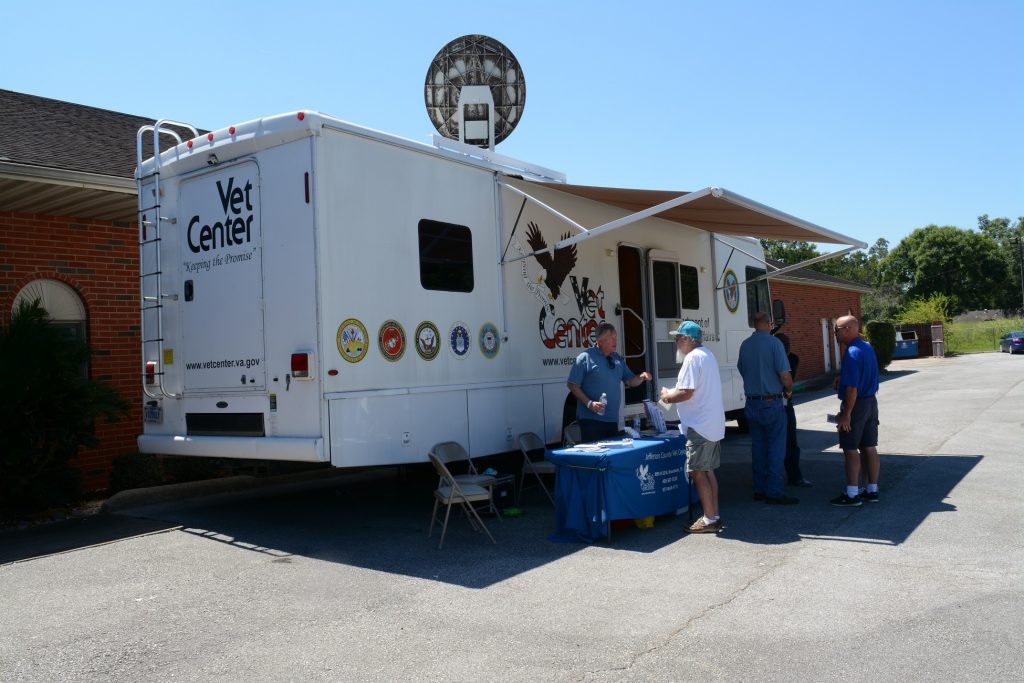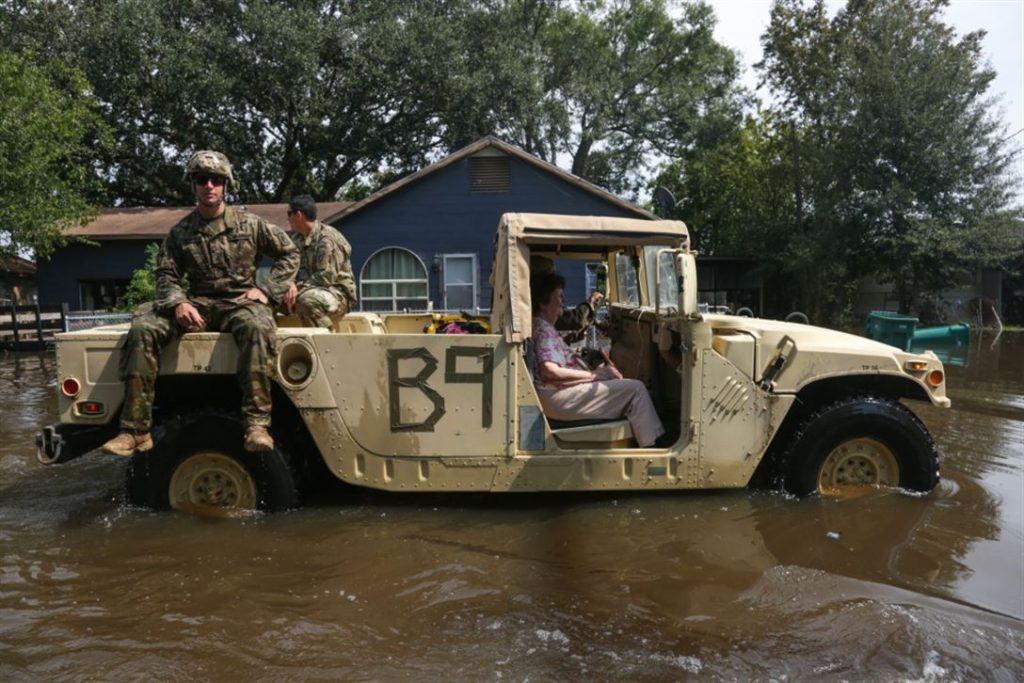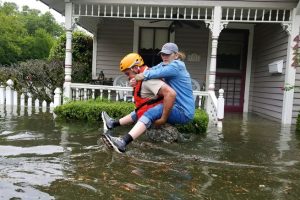Lately I have been transported here and there by Uber.
The ride-hailing firm has received a ton of negativity during its brief existence. From knocking the taxicab business down through some, seemingly, inexperience at the top, there have been some turbulent times.
I am not really interested in the level of intrigue at the corporate level of Uber. I am most interested in making sure that there are Ubers around that will get me where I go during the times I need a ride to hail. Lyft, an Uber competitor recently were approved by the local government here in Beaumont, Texas, where I reside. I may check them out just to see what they like. But so far, I like what I have seen with Uber.
Most appealing to me is that Uber does not stick it to you for a ride like a taxi would. I have taken a Greyhound Bus to Houston and back a couple of times since December, when I had my first cataract operation at the Houston VA Hospital. Last week, I had surgery on my other eye. Both times, since I was not supposed to drive for 24 hours after the cataract surgery, I hailed Uber to take me to the bus station. When I got to Houston I walked the block up from the Greyhound place and rode the Southbound Metro Rail from the Downtown Transit Center to the Texas Medical Center Transit Center where I took the bus to my hotel that was located just behind the NRG Stadium. If I wasn’t riding the shuttle to and from the hospital from the hotel, I used Uber.
For whatever reasons that I can’t wrap my head around, Greyhound decided to move from the station on Magnolia Avenue in downtown Beaumont. Until a few years ago, the station was at that location for many a moon. The bus station was moved to the truck stop in Rose City, between Beaumont and Vidor. Because the physical address is in Vidor, the bus line calls the station “Beaumont-Vidor.” The latter city raises some eyeballs from some African Americans who have never been to the Greyhound station there but have certainly heard of Vidor. The town has a checkered past as a so-called “Sundown town.” It was once pretty much all white and was once a haven for the Ku Klux Klan. Although there are klan members living there some city officials have tried to distance the town from the KKK.
I do not know much about how Uber goes about letting people drive wherever. But there are no Ubers to be found on one’s iPhone app when looking for a ride at the Beaumont-Vidor Greyhound station at the truck stop in Rose City. Got that? I have been told by the service’s drivers that there are no Ubers to be found in Orange County, which is where the bus station is located. I was told a way to circumvent the problem though. One can enter the location of where you want to go and then put a physical address of where to be picked up across the Neches River in Beaumont. I usually use the McDonald’s on I-10 near Martin Luther King Jr. Parkway. Then you can look up your driver’s profile and press a button to call and tell them where you are. I have had no problem. It’s a good $15 or so cheaper that a flat taxi fare of $30.
I have found the drivers for the most part as courteous and nice. Many are just downright personable. I’ve met a couple of military reservists driving. One is a former Navy Seabee and still another driver a former SEAL. Many can make a nice little sum driving around the city. Sometimes the drivers will be asked to be taken to Houston, almost 90 miles away. I was told by drivers that it is almost $100 fare to be taken there with the driver making about $70 of that $100. Those who are not registered in Houston as a “Transportation Network Company” driver — a permit costing about $12 for two years as well as a sticker with an “U,” can drop off but not pick a passenger.
One note here. Uber passengers may only use a credit or debit card for pay. A person may tip a driver, but it isn’t required. I have found a reasonable and appreciated gesture is to give the driver a 4 or 5 star rating when you get the receipt back via e-mail. I point this out, not so specifically to ask one to tip. I am just saying the drivers have little to no cash on board lest one would want to do something stupid. I hope you get what I mean.
Some city governments are downright hostile to Uber or Lyft. Beaumont City Councilman Mike Getz helped these hail-riding firms get a foot hold here. Getz, an attorney, has been quite controversial at times but I feel he deserves much credit for his support of ride-hailing companies.
Those who do not deserve our support are the knuckle-heads in the Texas Senate who want to place stricter controls on ride-hailing drivers.
Senate Bill 176, authored by Sen. Charles Schwertner, a Republican and orthopedic surgeon from Georgetown, authored the bill which is captioned: “Relating to the regulation of transportation network companies; requiring an occupational permit; authorizing a fee.”
While requiring some screening measures which some drivers already face in cities where hail-riding companies are allowed there are measures which seemingly regulate the corporations as well. This includes a sliding-scale fee for companies with the highest number of employees to pay $125,000.
I thought Republicans want no regulation!
This afternoon I called the Capitol office of my state Sen. Brandon Creighton, a Republican from The Woodlands to let my voice to be heard. He also serves as vice chairman of the Senate Business and Commerce Committee. That body will hold a public hearing on this bill tomorrow, March 14.
An analysis of the bill by the nonpartisan Senate Research includes the intent of this regulation by the bill’s author. In it, Schwertner’s concerns conclude:
“However, no consistent and predictable statewide regulation of TNCs exists in the Texas. This has resulted in an inefficient and confusing patchwork of rules across local jurisdictions. These myriad regulations are often arbitrary and onerous. As a result, they may inhibit TNCs from growing their business and network or providing their services in many areas. The loss of TNCs results in less mobility and fewer safe transportation options, as well as a withering economic climate.”
Some of the Tea Party/Trump types have a great disdain for government, at least anything above the local level. But I also believe that some locals in many towns across the state have a dislike for technology.
I think that merely piling on regulation to where similar regulation exists would hinder the growth of such business which could benefit many as well as the environment. I especially think that when any amount of money going to the state, whether it comes from a company or a contractor driver, would increase the prices which make such ride services so attractive. This is what I told Sen. Dr. Chreighton’s office this afternoon. If indeed, a ride service being regulated by a local government and the state is allowed to exist, I see a pathway to disaster. Perhaps a reasonable state permitting system with limited cost to the contractors with some city or county government input might just be something acceptable. Then again, maybe not.
I have found nothing wrong nor expensive with Uber on my end and live in a town in which I once could not get ride home from the bus station on a Christmas night when the station was downtown. And taxis are just too expensive to hire. One may also find that the only game in town gives its employees a sense of entitlement. I know many hard working cabbies, past and present, who drive after coming from another job. Some are bleary-eyed after working a shift in a cab and going to English as Second Language classes or even coming to the job after a grueling afternoon at law school.
Tech has changed the American face. Perhaps grabbing a little here and a little there — the taxi industry and ride-hailing might some day come to pass. It will take a lot of changes in attitudes but, we need to drive on outside the 20th century into the 21st, in 2017.




